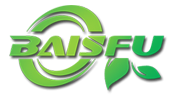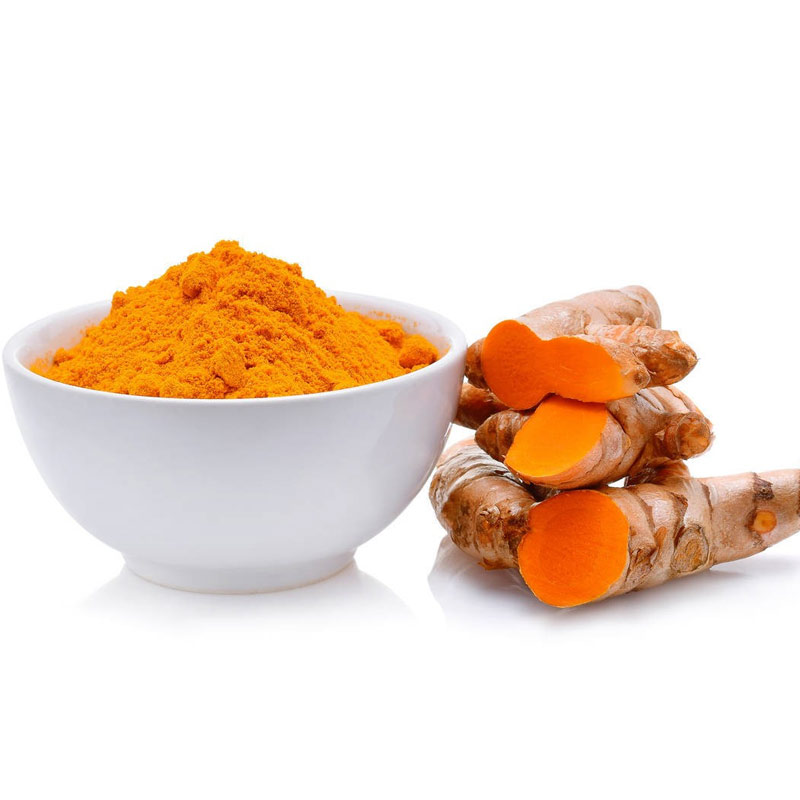Curcumin
-Plant extracts
Product information

| Product Name | Curcumin |
| CAS | 458-37-7 |
| Melting point | 183 °C |
| Boiling point | 418.73°C (rough estimate) |
| Density | 0.93 |
| Storage conditions | 2-8°C |
| Solubility | Stable but may be sensitive to light. Incompatible with strong oxidants. |
| Morphological | Powder |
| Acidity coefficient (pKa) | (pKa) 8.09(at 25℃) |
| Color | Orange |
| Purity | 98% |
| Shelf life | 2 years |
Chemical property of Curcumin
Baisfu Curcumin is an orange-yellow crystalline powder. It has a special odor. Melting point 179 ~ 182℃. Insoluble in water and ether, soluble in ethanol, glacial acetic acid, propylene glycol. It is reddish brown in alkaline conditions and light yellow in acidic conditions. Form a lake with magnesium hydroxide, yellowish-red in color. Form chelates with metal ions, especially iron ions, resulting in discoloration. About 5mg/kg iron ions begin to affect the pigment, more than 10mg/kg becomes reddish-brown, dyeing ability is reduce, so it is necessary to choose the appropriate container. It is best use with chelating agents sodium hexametaphosphate and sodium acid pyrophosphate. Light resistance, iron resistance is poor, heat resistance is good. Strong dyeing power (especially for proteins).
There are two active phenolic structures in each molecular structure, so it has a certain antioxidant capacity.
Use of Curcumin
Edible yellow coloring. It has a long history to use dried radish and curry powder in our country.
Japanese sugared products used for pickles, ham, sausages, apples, pineapples and chestnuts.
Widely used in food, dishes, pastries, candy, beverage cans and cosmetics, medicine coloring.
It can be used as a feed colorant, and can be used in candy, jelly, ice cream and carbonated beverages in China, with the maximum usage of 0.01g/kg.
As a food colorant, our country stipulates that it can be used in candy, jelly, ice cream and carbonated beverages, and the maximum usage is 0.01g/kg.
Production method of Curcumin
It is produced by the reaction of vanillin with acetylacetone. Dissolve vanillin with anhydrous ethyl acetate, then add tributyl borate and complex formed by acetyl acetone and B2O3, then add n-butylamine, stir for 4-5h after dropping, leave overnight. The next day, 0.4N hydrochloric acid at 60℃ was added to stir for another 1h, and the reaction was kept warm in a water bath at 50℃ to make the reaction complete. Remove the water layer of the reaction product, wash with water 3-4 times, filter out curcumin, wash with ethyl acetate 2-3 times to get the crude product, recrystallized with ethanol to get the finished product.


